After his marriage in 1918 to a landscape painter, he settled near his in-laws in Versailles. He found there a motif conducive to creation and produced many views of the gardens of the Petit Trianon, in which the trees hold a preponderant place, their trunks and their long inclined branches with golden leaves obstructing the horizon and thus creating a space closed by a nature that is as attractive as it is slightly disturbing. Like this Bassin du parc en automne, characteristic of Marcel-Béronneau's very personal production, these landscapes often feature an unoccupied white wooden bench, a circular basin and other architectural remains, such as the stone basin or the fountain, which underline the absence of human life and seem to be the last testimonies of a civilization that has disappeared.



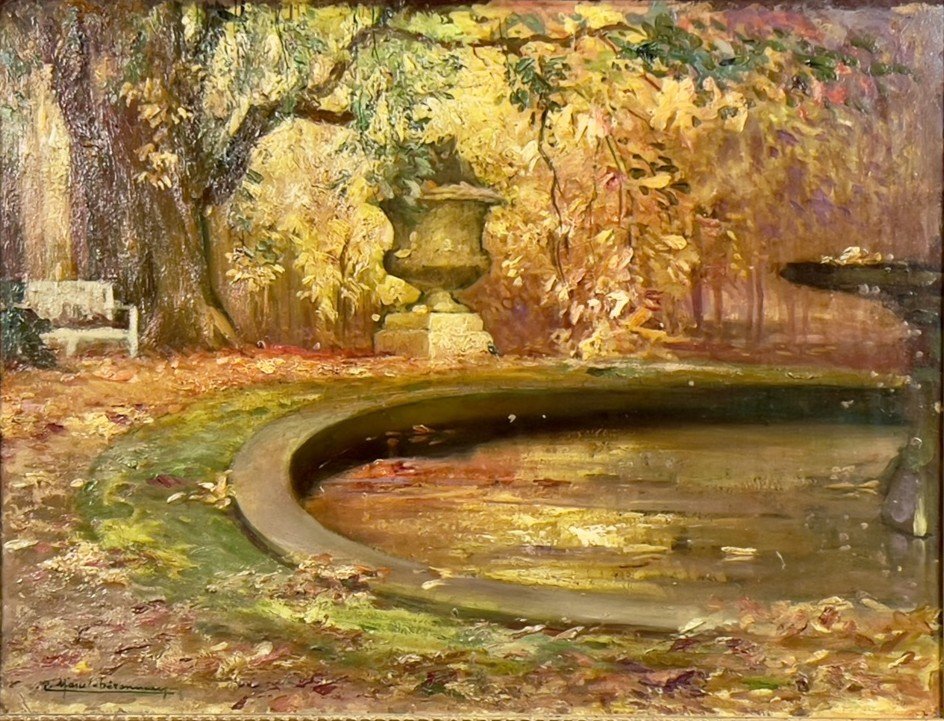
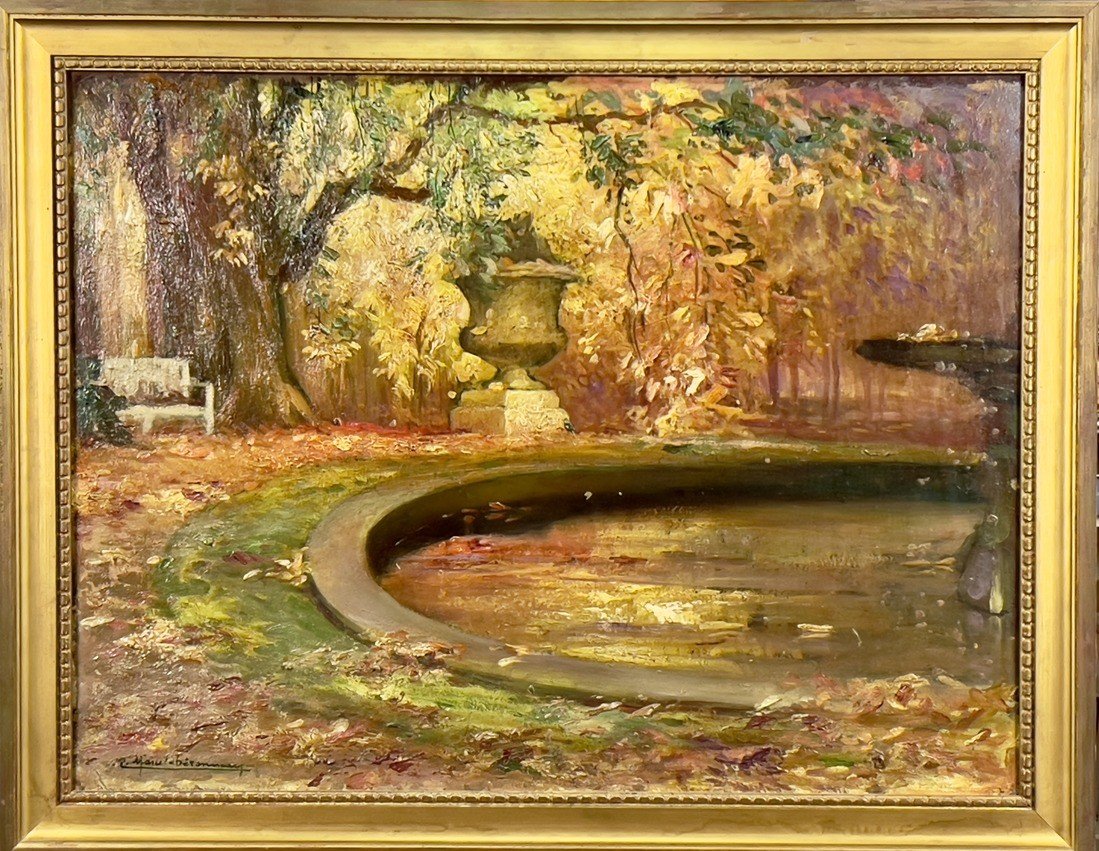

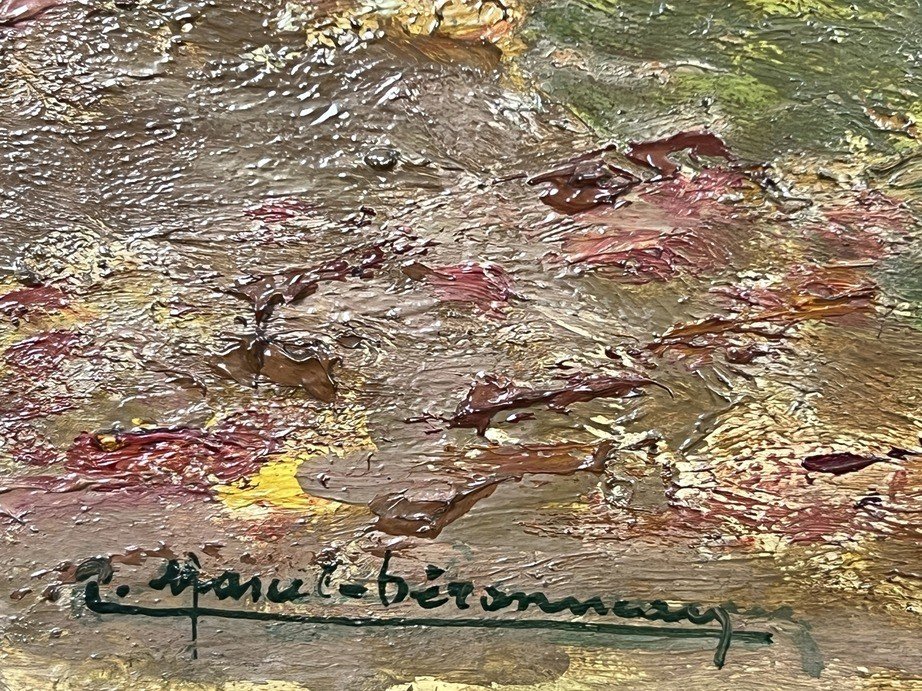
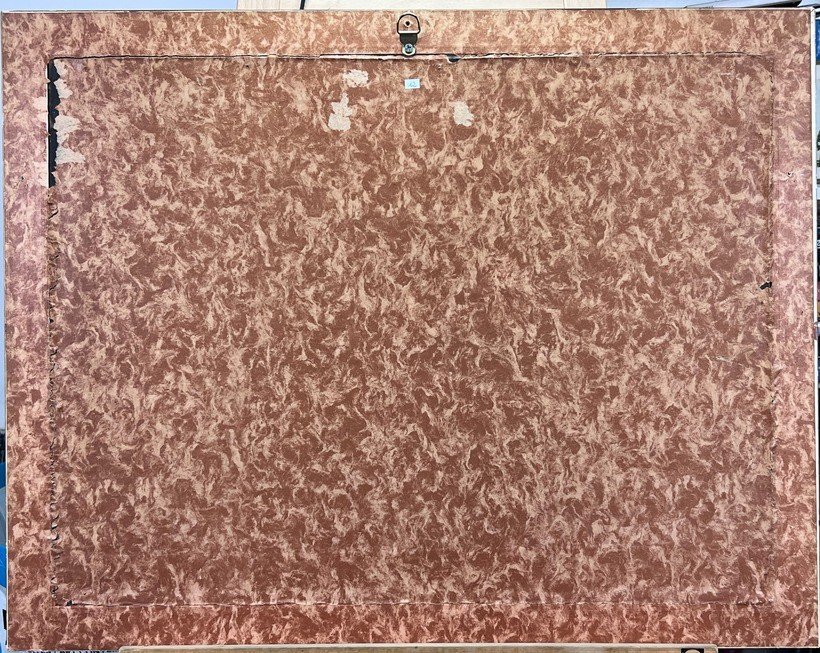
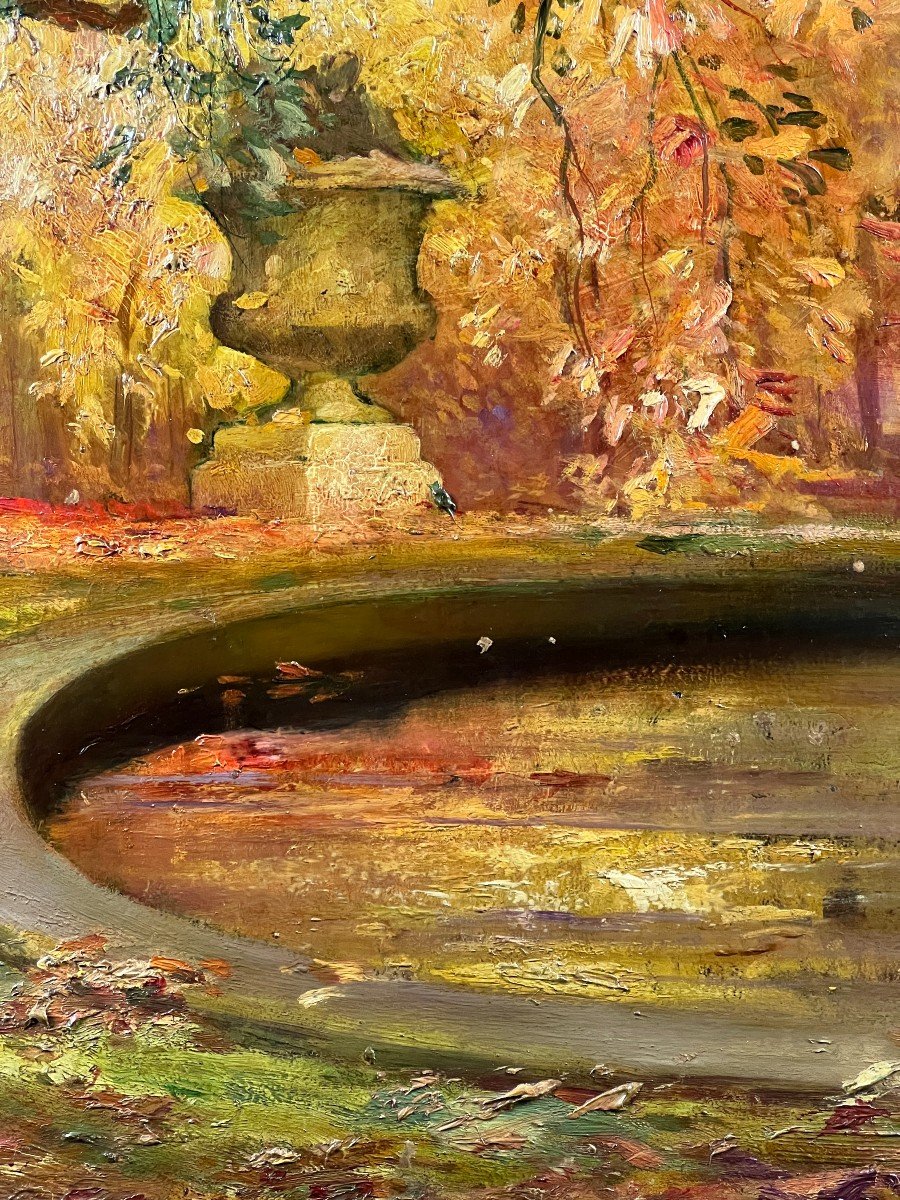
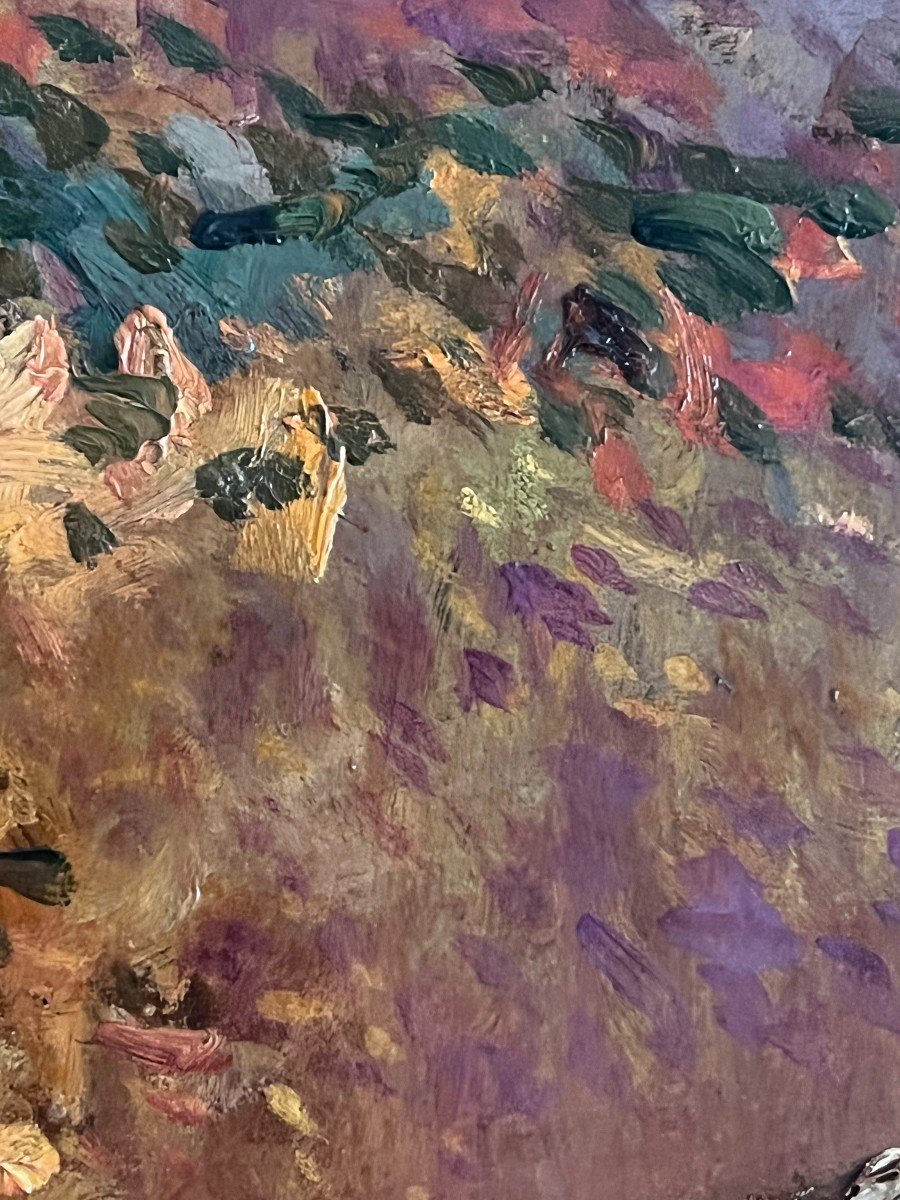
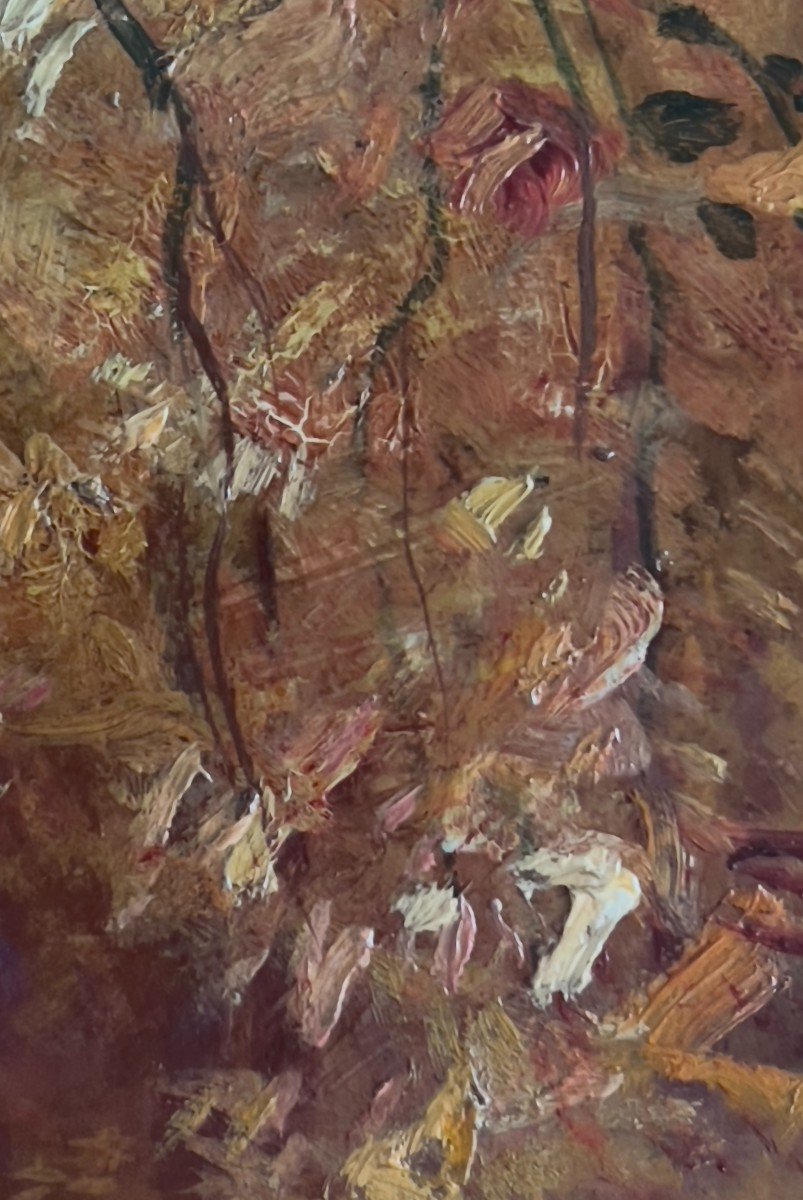
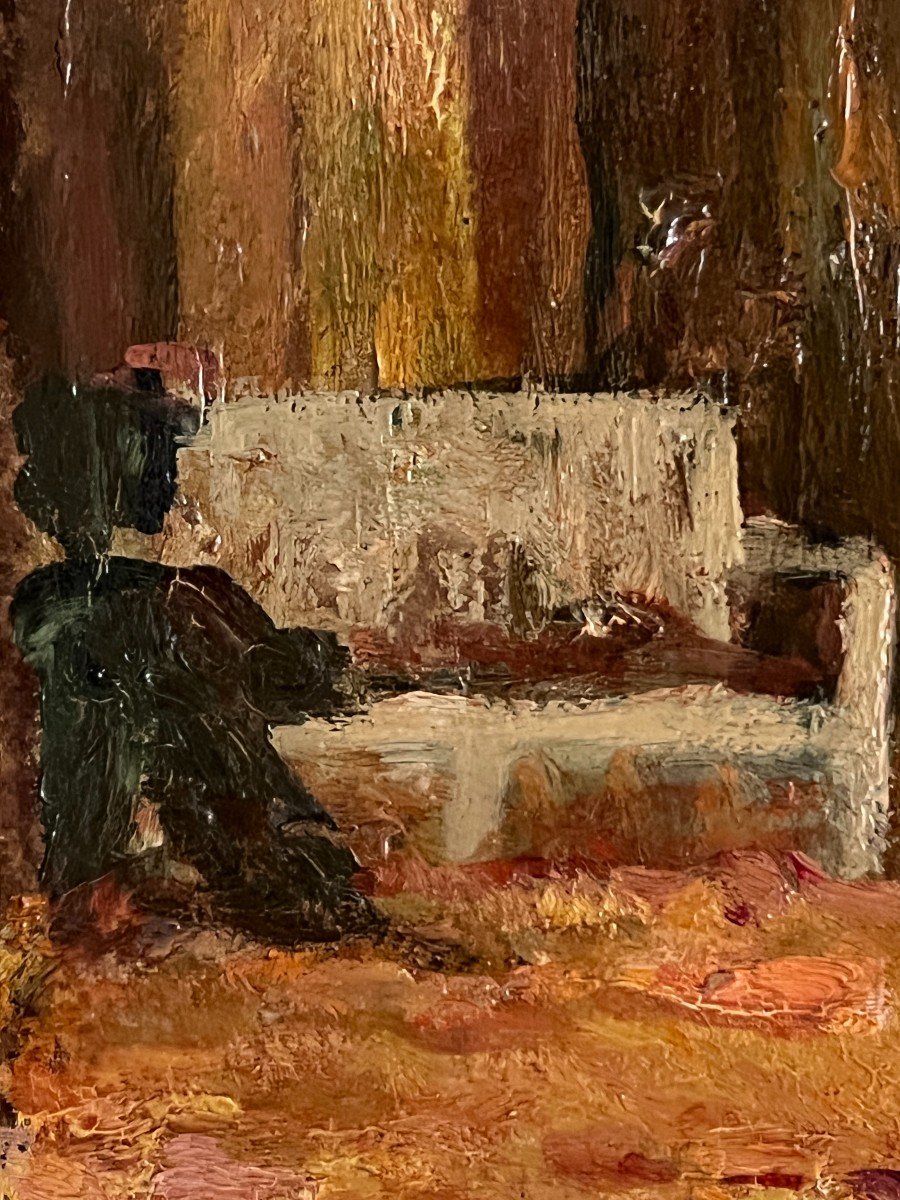
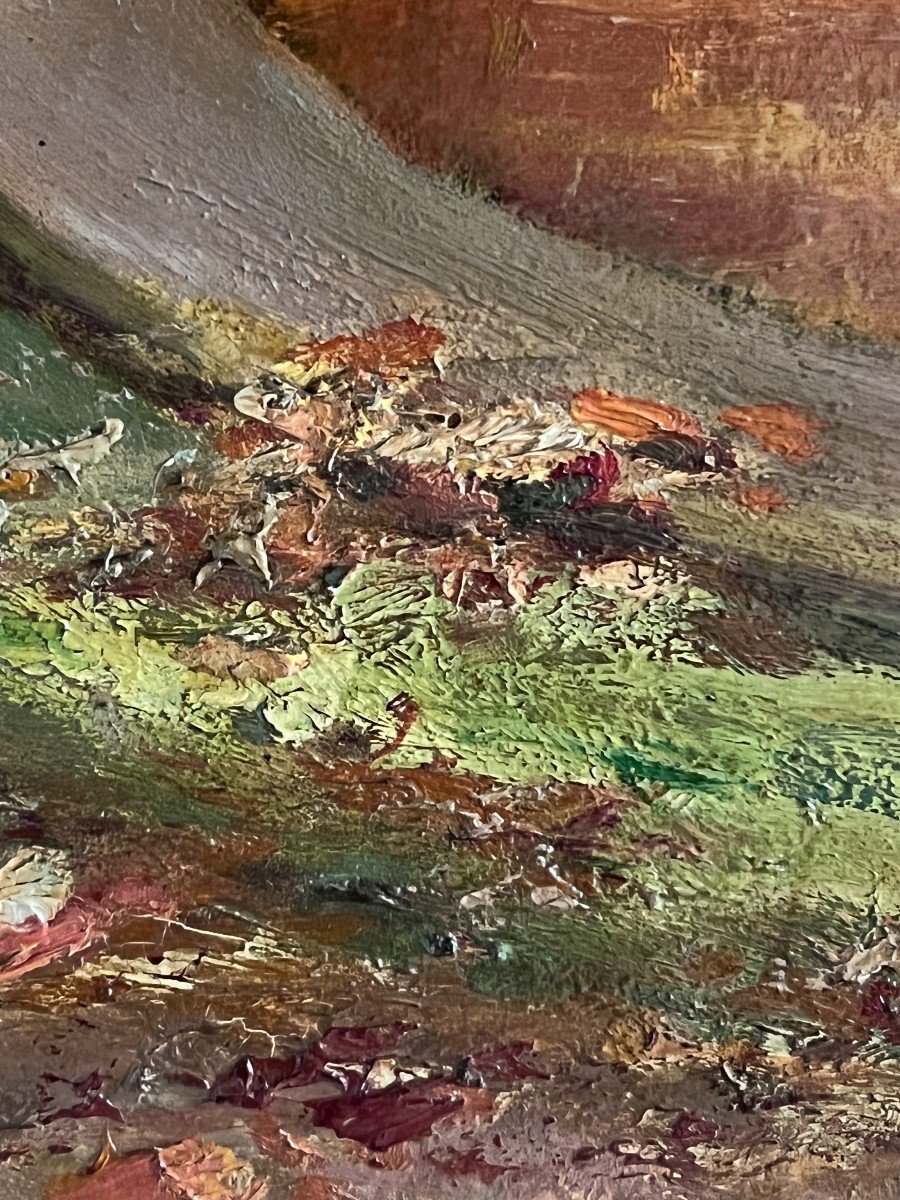
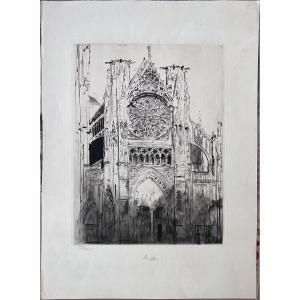
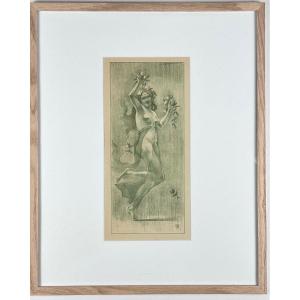
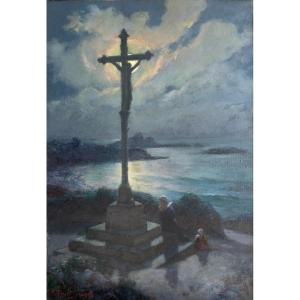



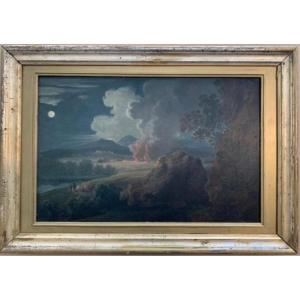
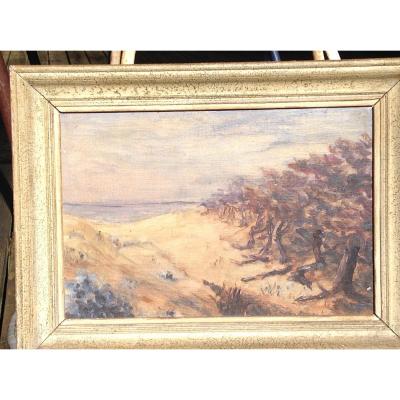
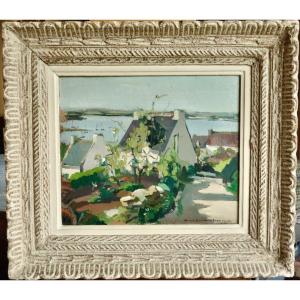

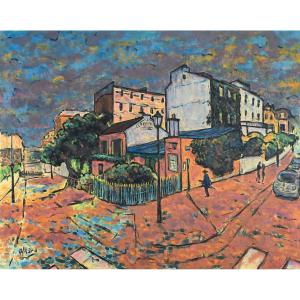
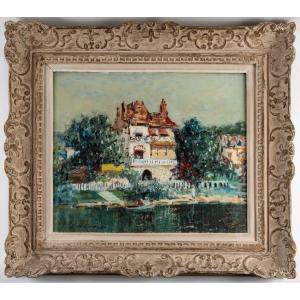



 Le Magazine de PROANTIC
Le Magazine de PROANTIC TRÉSORS Magazine
TRÉSORS Magazine Rivista Artiquariato
Rivista Artiquariato
